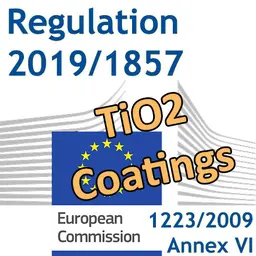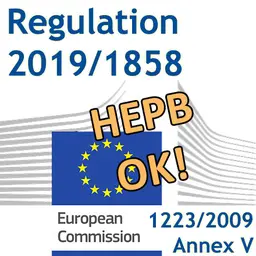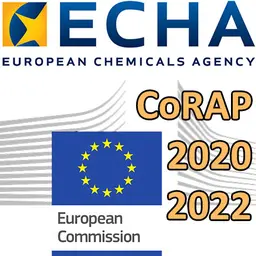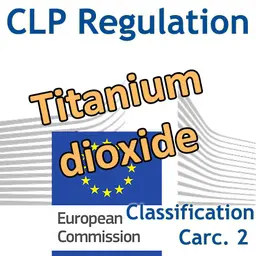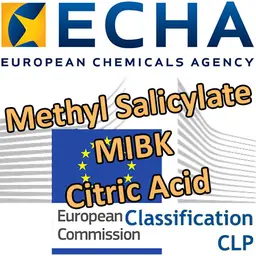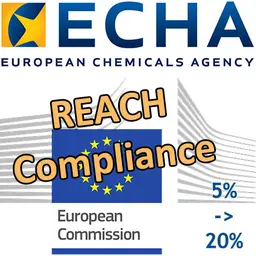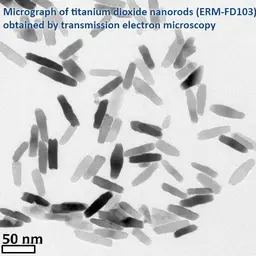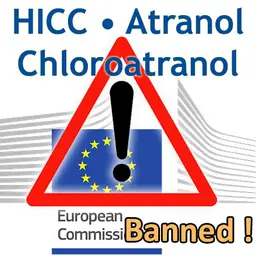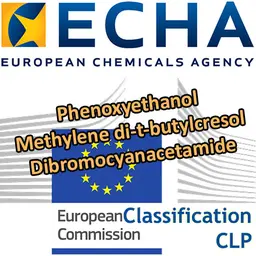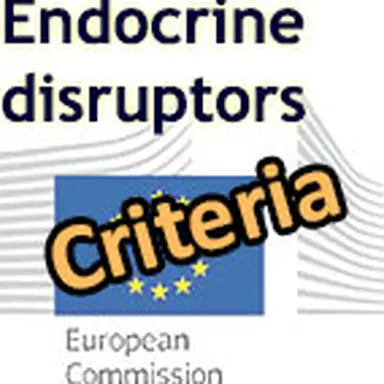
After a two-year delay, on 15 June 2016, the European Commission finally published its scientific criteria to identify endocrine disruptors in the pesticides and biocides areas. These criteria should be extended to cosmetics, but they already provoke an almost general opposition.
The Commission proposes to adopt ‘a strong science-based approach to the identification of endocrine disruptors’ based on the 2002 WHO definition. This approach would also be inspired by the consensus on the identification of endocrine disruptors reached on the occasion of an expert conference organised by the Federal Institute for Risk Assessment (BfR) and held in Berlin on 11 and 12 April 2016.
According to the Commission, a substance as an endocrine disruptor if:
• It has an adverse effect on human health
• It has an endocrine mode of action
• And if there is a causal link between the adverse effect and the mode of action
The criteria also specify how the identification of an endocrine disruptor should be carried out:
• By making use of all relevant scientific evidence
• Using a weight of an evidence-based approach
• And applying a robust systematic review
Widespread criticism
Commissioner for Health and Food Safety, Vytenis Andriukaitis, said: ‘The scientific criteria that the Commission is presenting today guarantee that the high level of protection of human health and of the environment set in our legislation on plant protection and biocidal products is maintained.’
But this is far from the view of many scientists, NGOs or political representatives.
Among the criticism:
• The Commission states that endocrine disruptors are substances that have an adverse effect on human health. The WHO does not limit its definition to human health, and some endocrine disruptors have been identified only in animal studies
Note that this criticism should be tempered since the texts published by the European Commission do not exclude the consideration of the effects observed in animals, even when they are not known in humans.
• The Commission requires that a substance must be ‘known to cause’ adverse health effects before it can be classified as an endocrine disruptor, instead of ‘may cause’ such effect: the criteria for including endocrine disruptors set the bar so high that only a few chemicals would fall into the scope of EU regulation
• The Commission had opened the door to the use of banned substances by saying that derogations would be allowed when the risk of exposure to humans was negligible, and these ‘risk-based” rules are must less stringent than ’hazard-based rules’
• The industry is also concerned that the Commission has not taken up the notion of potency of the effects of endocrine disruptors.
The cosmetic consequences
On June, 15 (but before the publication of these criteria), Salvatore d’Acunto, from DG Grow (the European Commission unit responsible for technologies in the medical and cosmetics sectors) said to the participants of the Cosmetic Europe Week congress, that a review of cosmetic ingredients would be done quickly in the light of the criteria of the Commission to identify endocrine disruptors.
Considering the criticism they aroused, and knowing that the proposition of the Commission have to be validated by each Member State before being definitively adopted by the European Parliament, it could be less quick than announced…
For further information
• See the European Commission press release: Commission presents scientific criteria to identify endocrine disruptors in the pesticides and biocides areas
• See the Communication from the Commission to the European Parliament and the council on endocrine disruptors and the draft Commission acts setting out scientific criteria for their determination in the context of the EU legislation on plant protection products and biocidal products



